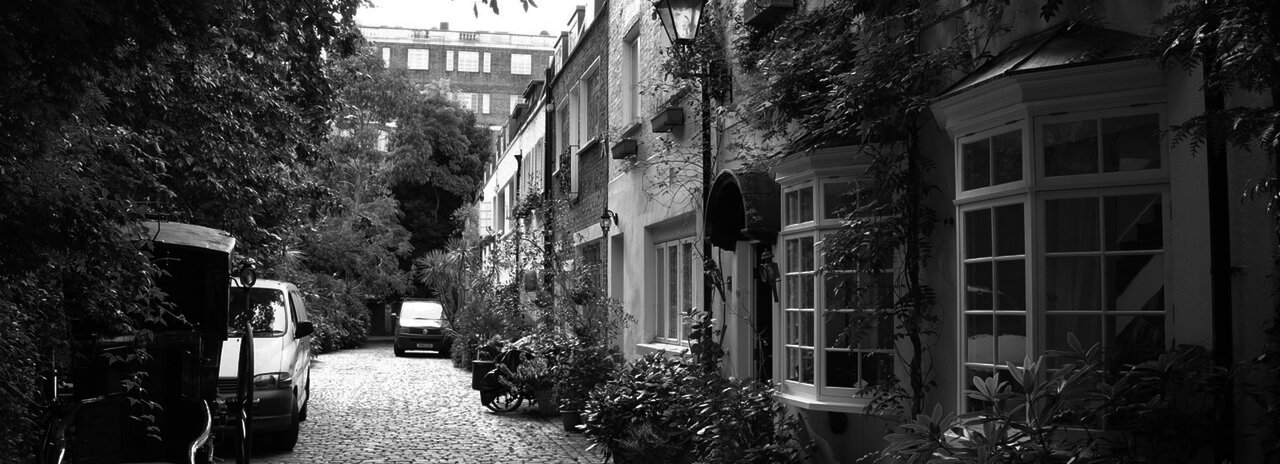Back to Tax Basics: How capital allowances reduce your tax bill
Generally speaking, the business expenses you incur are allowable against your profits. But when it comes to fixed asset purchases (things like machinery, equipment or vehicles), these purchases are treated slightly differently.
To reduce your tax bill when purchasing fixed assets, it’s important to know what capital allowances are available and how you can use them to enhance your tax planning.
In the next part of our Back to Tax Basics series, we outline which capital allowances are available and which assets they relate to.
What are capital allowances?
Fixed assets are classed as items of equipment that will be used in the business for more than a year – so, things like office furniture, machinery and company vehicles. For accounting purposes, the cost of these fixed assets is spread over the expected life by calculating a depreciation charge each year – in other words, the value the item will lose over this time.
For tax purposes, the depreciation is added back (disallowed) and ‘writing down allowances’ are claimed instead.
There is an Annual Investment Allowance (AIA), fixed at £1 million per annum for the forseeable future. Most asset purchases up to that total can be claimed in full in the year of purchase. The main exceptions are cars and items you owned for another reason before putting them into the business.
For some assets, 100% First Year Allowances (FYA) are available. These include:
New and unused vehicles with Nil CO2 emissions
New electric vehicle charging points
Plant and machinery for use in a Freeport
For everything else you might purchase as a fixed asset, the costs are allocated into various pools depending on the type of asset, and Writing Down Allowances (WDA) calculated on the pool value on a reducing balance basis. These include:
Special Rate Pool 6% rate – Cars (new or used) with CO2 emissions > 50 g/km, Integral fittings incorporated into commercial buildings (lifts, electrical and water reticulation, air conditioning, heating equipment), long-life (>25 years when new) items over £100K annual spend. Long-life excludes structures and buildings.
Main Rate Pool 18% rate – everything else. Note as specifics this includes cars with CO2 emissions >0 <50 g/km.
Structures and Buildings Allowance (SBA) – the SBA offers a 3% flat rate for 33.33 years on non-residential buildings, but not on land.
Talk to us making use of capital allowances
If you’re thinking of purchasing capital equipment, it’s worth knowing that, in many cases, the tax benefit can be claimed in a lump sum, even though the equipment may be in use for several years. This will have a positive short-term impact on both your tax charges and your cashflow.
As your accountant, we can advise you on the tax treatment of different types of assets and, if external funding is required, can help you prepare business plans and finance applications.

